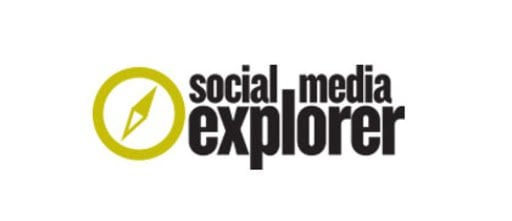
Generally speaking, humans dislike change. And the hard part is that change is a constant. The New Year brings change and with that a little anxiety. It is hard for people to change. Really hard for businesses to change. Monumental to industries to change.
Last month, I delivered a webinar that was future-casting some developments in the recruiting space. This industry is oft maligned for being very slow to change. So, naturally I was asked how long it would take HR to adapt to my topic…or anything for that matter? It was at that moment I realized there are a few ways change can happen in a frictionless way. I realized this because I was part of the industry shift that took recruiting online. Getting people to stop using newspapers and start using online job postings was one of my earliest roles in the industry.
 Chances are if you are reading this post, you strive to be a change agent. As a fellow change agent, here are some ideas on helping you drive change in your business or industry. And because I have this history of encouraging people to disrupt the status quo of their business or industry, I have identified four ways to help change happen. Change is easy to make when any (or all) of the four elements below are present.
Chances are if you are reading this post, you strive to be a change agent. As a fellow change agent, here are some ideas on helping you drive change in your business or industry. And because I have this history of encouraging people to disrupt the status quo of their business or industry, I have identified four ways to help change happen. Change is easy to make when any (or all) of the four elements below are present.
Low Barrier of Entry
Change happens at a rapid rate when the barriers are incredibly low. If there is little risk in trying something, people, companies and industries will get involved, usually in large numbers. Sure, you always have your early adopters, but you get to critical mass quickly when the barrier is really low. Risk is mitigated and it is easy to get started. Look at how people adopted social media. These tools are so young, yet nearly everyone uses them. The barrier for entry is low for people. Give us an email address and go to town. For brands, social is a higher barrier, higher risk. And therefore, adoption has been slower, but still a powerful shift because of the second point:
High Potential of Reward
There is an old marketing belief: Where there are eyeballs, there will be marketers and sales people ready to close. Despite the higher barriers and risk for brands, they are still flocking to social in large numbers because of the upside. People are there. People are sharing, interacting, and “liking” things. On a side note: As much as people dislike change, they really like being “liked”.
Lower Cost or More Efficient
This one was the first lessons I learned in converting people from print to online. It was cheaper. It was crazy easy to talk with someone and say, you could pay $xxxx for something OR you could pay $xxx for this other thing as a test to see what happens. Needless to say my clients would be delighted to save an “x” to test a concept out. Cheaper made it easier for brands to experiment more with less. They could prove the concept in a cost effective way. Conversely, creating efficiencies is an easy way to get a “yes!” to change as well.
Bone Stupid Easy
Easy is similar to low barrier, but not exactly. If something is easy to do or use, change will come. Starbucks mobile app. Easy to use, gains traction quickly. The same can be said of Vine, Facebook, Twitter and so on. Easy for people to use will lead to change. I also like to point to LinkedIn as a quick change in the HR industry. LinkedIn is easy for recruiters to use to find talent (Easy and High Reward) and therefore successful in the space. The opposite of this is mobile for recruiting. Mobile is hard for recruiting because tying HR systems together to create a mobile experience is hard and I believe the reason that mobile has had such slow traction. Plus can you imaging filling out a job app on your phone (High Barrier)?
As we enter 2014 with grand plans of implementing change at our companies, think about how our plans align with this list. And when they don’t align, it is up to us to remove barriers, make it easy, find high potential or lower costs. When we do that, we will get a “Hell yes!” and change will happen. If we fail to do these things, we will continue to stagnate.
SME Paid Under













Comments are closed.